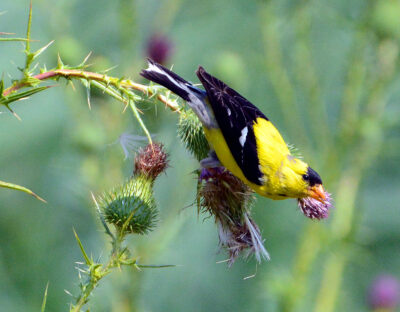
What can I do to make a difference in the face of climate change and environmental losses? If you’ve ever asked that question, you are already searching for solutions. There are many things we can do, but how about doing something which provides beauty and added value to your property while having a material positive impact on the environment? Sound interesting? Sometimes the answer to that question is simply right in your backyard.
One of the most critical issues facing our planet right now is the loss of biodiversity. Every time a grassland is mowed down for agriculture or construction, or a forest is taken down, or a wetland filled in, valuable habitat for wildlife disappears with it. And the insects, birds, and wildlife who lived there disappear because they have nowhere else to go. But author Doug Tallamy and his organization Homegrown National Park has a goal – to create 20 million acres of native planting in the US on private properties – a number which is the rough equivalent of converting half the acreage of current lawns to native plants.
Individual homeowners are taking up the challenge to create whatever habitat they can on their own properties by replacing all or part of their lawns (which are essentially biodiversity dead zones) with native plant meadows and gardens (which support biodiversity). Once you convert your lawnm or non-native garden to a native one, you can register your habitat creation with this organization which will plot the newly created habitat on their map and keep track of how many acres across North America are converted.
If you haven’t already started doing this, now’s the time! Fall is an ideal time to take a look at that expanse of lawn and make a plan to convert at least part of it to a native plant garden of some kind – creating much-needed habitat and supporting biodiversity. I just submitted my native plant meadow and gardens I’ve created to the map, and it was interesting to see other ones in my area. The interactive map makes it easy to see who else is participating and if there might be an opportunity to create some kind of plant, pollinator or wildlife corridor if you discover a neighbor who is on the same page – making your personal habitat creation all the more impactful.
What are you waiting for? A biodiverse property is not only beautiful but helps combat climate change and biodiversity loss. This is a simple and efficient way to do something that has a positive impact on the environment, birds and wildlife.